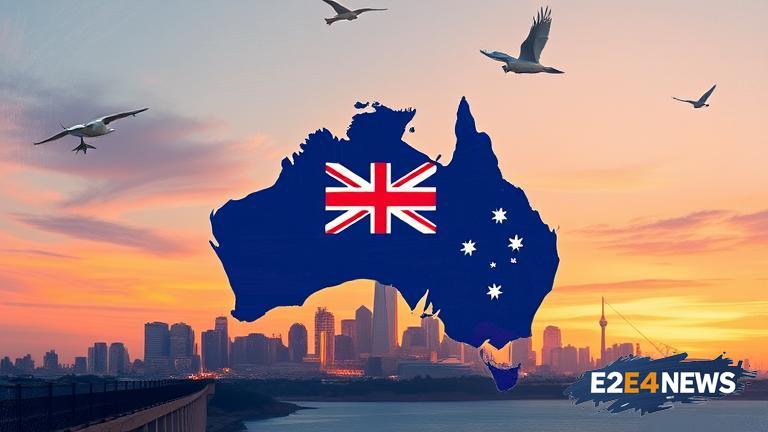In a significant move to bolster its international education sector, Australia has announced the lifting of its foreign student cap to 295,000. This decision is expected to have far-reaching implications for the country’s educational landscape, as well as its diplomatic and economic ties with Southeast Asia. The Australian government has identified Southeast Asia as a key region for prioritization, recognizing the vast potential for cultural exchange, academic collaboration, and economic cooperation. By increasing the foreign student cap, Australia aims to attract more international students, particularly from Southeast Asian countries such as Indonesia, Malaysia, and Vietnam. This strategic move is anticipated to not only enhance the diversity of Australian universities but also foster stronger relationships with neighboring countries. The decision is also seen as a response to the growing competition in the international education market, with countries like the United States, the United Kingdom, and Canada vying for a larger share of international students. Australia’s reputation for providing high-quality education, coupled with its favorable lifestyle and post-study work opportunities, is expected to make it an even more attractive destination for foreign students. The increased cap is likely to lead to a surge in applications from Southeast Asian students, who will have access to a wider range of academic programs and institutions. Furthermore, the Australian government has introduced various initiatives to support international students, including streamlined visa processes, enhanced student support services, and increased funding for scholarships. These measures are designed to ensure that international students have a positive and rewarding experience in Australia, both academically and personally. The expansion of the foreign student cap is also expected to have economic benefits, with international education being a significant contributor to Australia’s economy. The influx of international students is anticipated to create new job opportunities, stimulate local economies, and contribute to the country’s cultural diversity. In addition, the increased focus on Southeast Asia is likely to lead to greater collaboration between Australian and Southeast Asian universities, facilitating the exchange of ideas, research, and innovation. This, in turn, is expected to drive economic growth, improve living standards, and enhance regional cooperation. The Australian government has emphasized its commitment to providing a welcoming and inclusive environment for international students, with a focus on supporting their academic, social, and cultural needs. To achieve this, the government has established a range of support services, including language support, academic advising, and cultural orientation programs. Moreover, Australian universities are investing heavily in infrastructure and resources to cater to the growing demand for international education. The country’s education sector is undergoing significant transformations, with a focus on innovation, technology, and entrepreneurship. The increased foreign student cap is expected to play a crucial role in driving these transformations, as international students bring new perspectives, ideas, and skills to the table. As Australia continues to navigate the complexities of the international education market, its decision to prioritize Southeast Asia is seen as a strategic move to strengthen its position as a leading destination for international students. With its reputation for academic excellence, cultural diversity, and economic opportunity, Australia is poised to become an even more attractive destination for students from around the world. The country’s education sector is expected to experience significant growth, driven by the increased demand for international education and the government’s commitment to supporting international students. In conclusion, the lifting of the foreign student cap to 295,000, with a focus on Southeast Asia, marks a significant milestone in Australia’s international education journey. As the country continues to evolve and adapt to the changing landscape of international education, its commitment to providing a world-class education experience is expected to remain unwavering.





